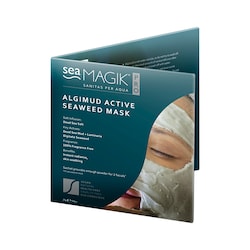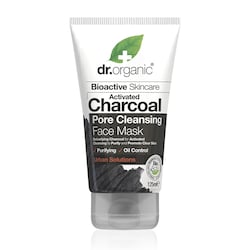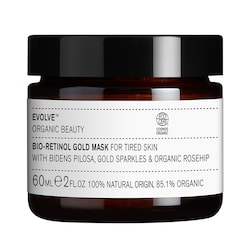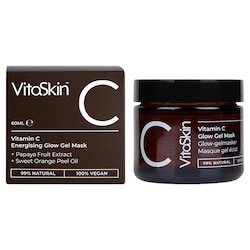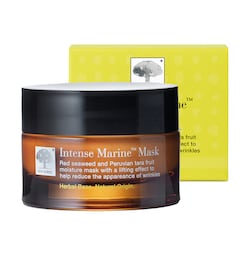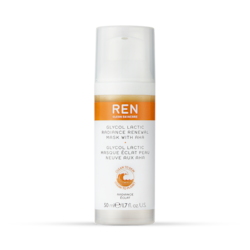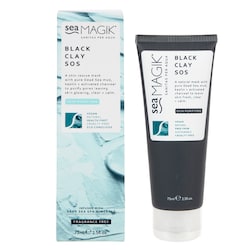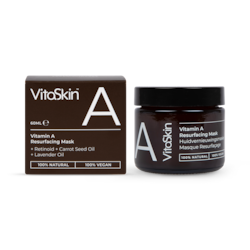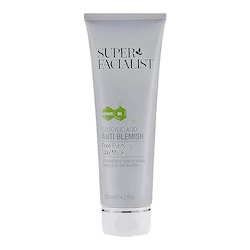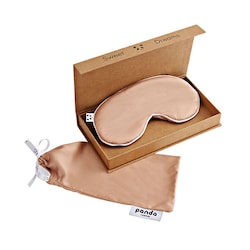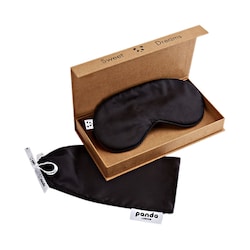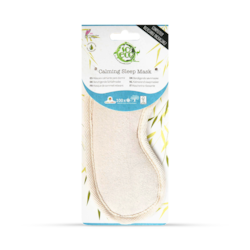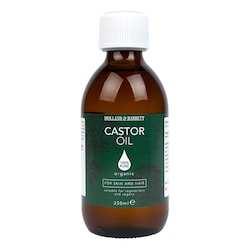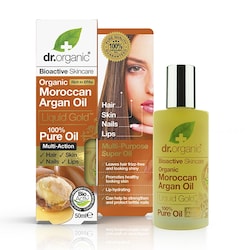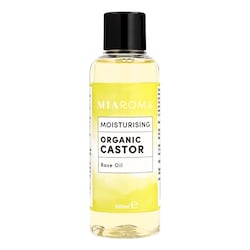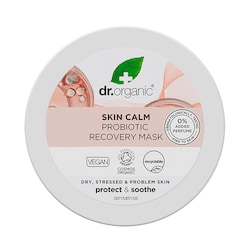15% off £30 OR 20% off £40
Code:SAVE
Do nose strips really work?
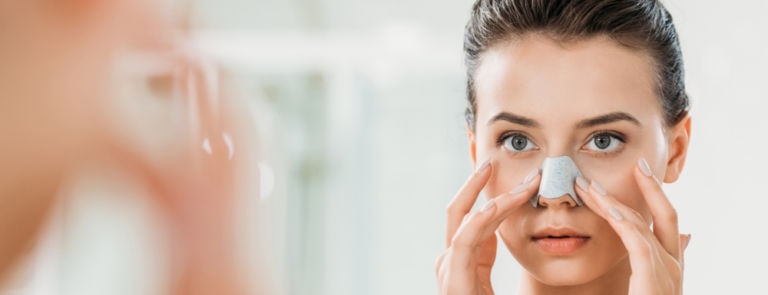
Nose strips have had a comeback lately, but do they really remove blackheads? We look at how they work, how to make your own, and alternative methods.
What could be more satisfying than peeling a sticky strip from your nose, and with it, removing a lifetime of grime and ickiness from your pores?
Although pore strips have been around since the 1990s, they’ve been enjoying a resurgence lately and everyone from teens to beauty editors getting in on the blackhead-removing action.1
This is surely thanks in part to social media, where videos of people slowly peeling off the strips and displaying the results can rack up millions of views.
But what are they? Do pore strips really work? How do you use them? And can they damage your skin?
Read on to find out.
What is a nose strip?
Nose strips, also known as pore strips, blackhead strips and blackhead removal strips, are small pieces of woven material – either fabric or paper - with an adhesive on one side. When dampened, these strips adhere and mould to the contour of the face. As they dry, they cling to the skin so that upon removal they take with them the contents of any blocked pores. Pore strips are available for other areas of the face, specifically the T-zone comprising the nose, forehead, cheeks and chin. Biore nose strips are perhaps the most well-known brand, but there are currently hundreds of different brands and types of blackhead pore strips on the market.What gets trapped inside blocked pores?
Pores are essentially tiny holes in the skin. They can get easily blocked with dead skin cells, oil and bacteria, which over time become blackheads. Blackheads aren’t black at all, but a pale yellow/ cream colour. The part of the blackhead which is exposed to the air is oxidised, turning a greyish hue that gives the pores a black appearance.2Do pore strips really work?
As you may have seen in video demonstrations, pore strips can do a wonderful job of removing the visible build-up of dirt inside clogged pores. This temporarily clears out the pore, removing blackheads and makes pores appear smaller for few days. Many people find the process of peeling off a nose strip oddly satisfying! The use of pore strips could also discourage squeezing of blackheads, so they can help your skin if you’re prone to picking. Squeezing blackheads, though tempting, can drive bacteria deeper into the skin and damage the skin around the pore.3Are nose strips bad for you?
No - they’re not bad for you – although they are a little controversial in the skincare world. Some people swear by them, whereas others feel that they don’t do much and can irritate sensitive skin. The reality is, your pores are only temporarily cleared and if you don’t take care of your skin in general, they will rapidly fill up with dead skin cells, oil and bacteria again. You should always follow the directions carefully. Improper use – such as letting the strips dry out too long on your nose or ripping them off too vigorously – can cause redness and irritation to the top layer of skin.Pore strips – a summary
1. Pore strips are single-use strips that lift out the contents of blocked pores
2. They can help prevent blackheads with regular use
3. Careful use is advised to prevent irritating the skin
How long do you leave nose strips on for?
This varies from product to product, but instructions generally call for the strips to be left on from 10-15 minutes.How to make DIY nose pore strips
These homemade blackhead nose strips are simple to make, use few ingredients and are more inexpensive than the charcoal nose strips you can buy. Gelatine powder turns gummy when dampened but dries like a rigid gel – perfect for peeling. Activated charcoal is thought to be able to absorb toxins due to its large surface area and porous qualities.4 Always carry out patch tests when using new ingredients.You will need:
½ tablespoon activated charcoal 1 tablespoon powdered gelatine 2 tablespoons waterMethod:
- Wash your face with warm water to open the pores and provide a clean canvas to apply your pore strip mixture.
- In a bowl, mix the gelatine with the water.
- Microwave for 30 seconds, or heat on the hob. As soon as the mixture bubbles, take it off the heat.
- Mix in the activated charcoal.
- When cooled, apply homemade pore strips to the nose using a makeup brush or your fingertips.
- Allow them to dry completely for around 25 minutes.
- Peel carefully.
How else can I get rid of blackheads?
If your skin is congested and prone to blackheads and pimples, you should add an exfoliating step to your skincare routine. Over-use of pore strips can lead to irritated, sensitive skin. They can cause micro-tears in the skin’s surface, leaving it red and irritated.5 The gentlest way to deep-clean sensitive skin is with a mild chemical exfoliant. While this may sound a little scary, it’s actually a good choice for oily, blackhead-prone skin.Ingredients like glycolic acid and lactic acids (also known as alpha-hydroxy acids or AHAs) and salicylic acids (aka beta hydroxy acid or BHAs) are found in a huge range of cleansing and exfoliating products. These ingredients gently slough off dead skin cells and surface oils which find their way into pores and cause blockages.6
When using AHAs and BHAs for the first time, it’s best to start small as they can cause dryness, tightness and sensitivity as the skin adjusts to their use. Use them once or twice per week at first and work up to daily use if your skin tolerates them.
It’s important to be sure to use an SPF of at least 30 during the day when using AHAs or BHAs. This is because the use of AHA and BHA reveals the freshest, newest layer of skin cells on your face – which are vulnerable to UV damage. This is an important step – don’t skip it!
Summary
1. DIY pore strips are a cheaper option, but messier!
2. Don’t use pore strips more than once a week
3. Chemical exfoliants like BHAs and AHAs are effective at keeping pores clean


